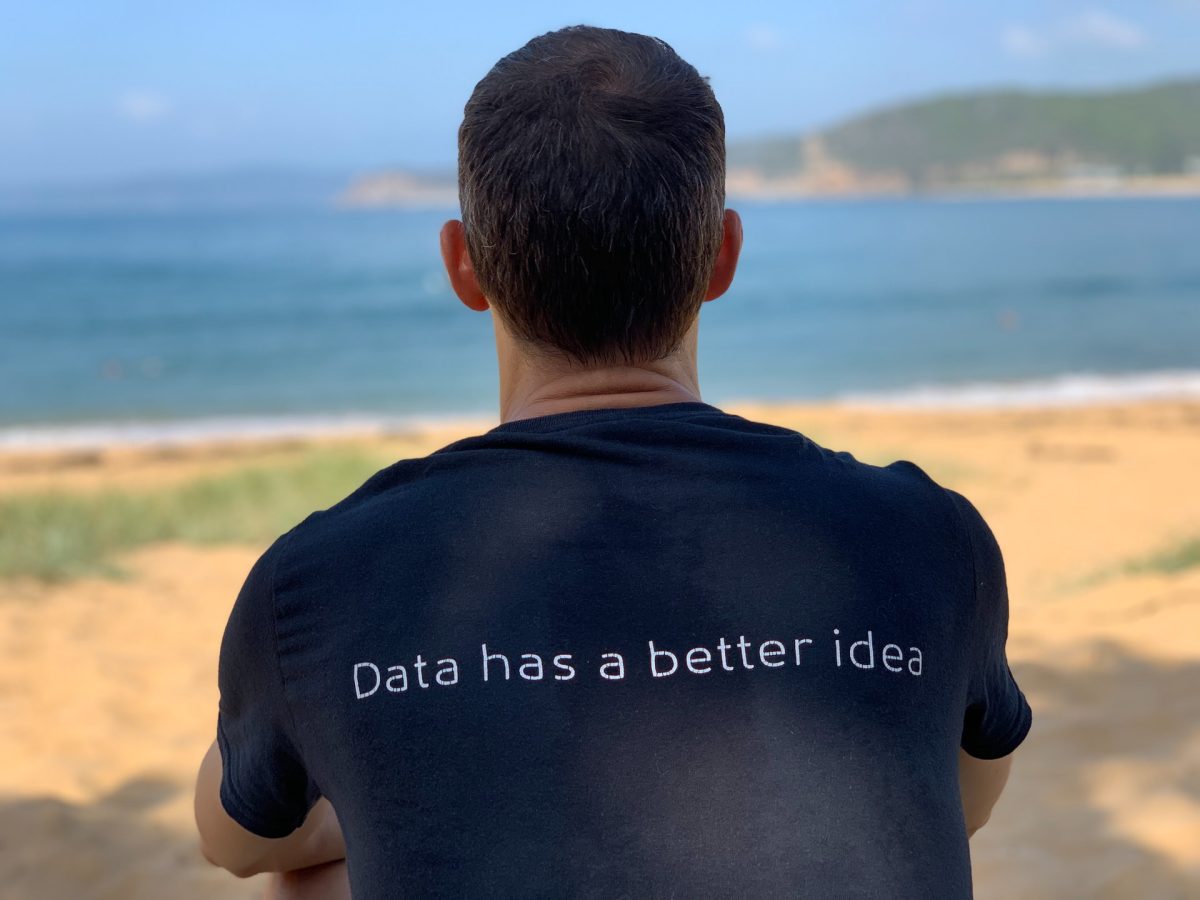Smart shelving does not only store products, but also knowledge and efficiency
In the competitive retail industry, providing an exceptional shopping experience is key to attracting and retaining customers. In this context, smart shelving has emerged as a revolutionary technological solution that not only optimises product management, but also improves customer interaction. Smart shelves are transforming the retail shopping experience, offering tangible benefits for both businesses and customers. Personalised shopping experience Smart shelves enable a highly personalised shopping experience by offering relevant information and product suggestions as customers browse the aisles. These shelves are equipped with NFC price tags, video rails and displays that show details, reviews and ratings from other customers, as well as product videos or recommendations for cross-selling other products. Image: macrovector / Freepik RFID technology that enables product recognition, detecting which item has been selected, and triggering additional information that can influence the customer's purchasing decision. ✔️ Example: A customer is looking for an iron in the electronics section. When approaching the smart shelves, the digital price tag shows the discount highlighted in red, the technical characteristics of the item and the rating of other customers. In addition, when approaching their NFC-enabled smartphone, it shows you the video of how to use it and can recommend complementary accessories, such as protective covers for the ironing board. Dynamic pricing; improved efficiency, sustainability, and improved margins Staff shortages are an issue for all retailers today, making it all the more important to find task automation tools; not only to ensure staff shortages, but also to enable staff to take on more important and impactful work for the business. A key part of smart shelves are the digital price tags themselves, which allow price changes to be automated and streamlined, so that staff do not spend hours changing prices on paper, with the high implementation costs that this entails, and reduce paper spend to be more sustainable, an important challenge for all businesses. Digital labels also reduce errors between the prices displayed on the shelf and those at the checkout; and the fact of speeding up price changes allows them to react in time to competition and improve margins. ✔️ Example: A chain of petrol stations raising the price +2% at night and on Sundays allowed them to increase gross margin +0.2% and increase sales thanks to real-time price changes. Moving from manual price change processes to automated pricing with digital price tags means optimised margins and cost savings. Stock management and improved replenishment It has been shown that 32% of customers stop buying a product when it is out of stock, and 12% buy from competitors, so tracking and monitoring shelf stock is a critical but challenging task. Image: macrovector / Freepik Smart shelves facilitate this process by providing real-time data on stock levels. Cameras integrated into the shelves constantly monitor product availability and send automatic notifications to employees when products need to be replenished. This prevents out-of-stock situations and ensures that products are always available to customers. ✔️ Example: In a supermarket, chocolate-filled biscuits are on promotion. Smart shelves detect the lack of stock on each shelf and alert to the lack of the biscuits. The employee checks the mobile APP and gives a priority task to replenish the stock of biscuits on the shelf, to ensure that customers always find the product they want without having to wait or look elsewhere, and to ensure that brands do not lose sales. Smart retail: Information analysis and data-driven decision-making Another significant benefit of smart shelves in the retail sector is the ability to collect valuable data on customer shopping behaviour and which days and times each product is out of stock, indicating shopping trends. Local computer vision to monitor a retailer's inventory while protecting customer privacy is an Edge AI use case. Photo: Sony. The cameras integrated into these shelves can collect information on which products are selected most frequently, which products are missing each day throughout the month and which campaigns have the greatest impact on purchasing decisions. This data can be analysed to gain key insights into customer preferences, the effectiveness of marketing strategies and optimisation of product layout in the shop. ✔️ Example: A grocery shop uses smart shelves, and through data analysis, discovers which days of the week milk is missing from the shelves. With this information, the company decides to manage product delivery days with the brands to ensure stock replenishment, and also changes prices according to milk demand and advertises cereal promotions on the displays next to dairy products, thus increasing margin, cross-selling possibilities and maximising revenue. Reduction of waste in greengrocers The biggest problem in food establishments is the loss of fruit and vegetables due to the deterioration of the products and the difficulty in controlling the stock. Thanks to technology such as computer vision and artificial intelligence, the greengrocer's area is transformed into smart shelves, informing in real time of the level of stock of each fruit and identifying the freshness of the product. In this way, the price of fruit that is losing freshness is automatically lowered to encourage sales and those that are low in stock are replenished, increasing sales and reducing waste. Conclusion Smart shelves are revolutionising the retail shopping experience by providing personalised interaction, efficient inventory management and valuable data analytics. These technology solutions not only provide tangible benefits for retailers, such as increased customer satisfaction and inventory optimisation, but also significantly enhance the shopping experience, allowing consumers to access relevant information and make informed decisions. In an increasingly digital world, smart shelves have become an indispensable tool for success in the retail sector. AI of Things What are physical shops and how are they transforming shopping? July 19, 2023 Image: Macrovector / Freepik.
September 5, 2023


.jpg)

 Hybrid Cloud
Hybrid Cloud Cyber Security & NaaS
Cyber Security & NaaS AI & Data
AI & Data IoT & Connectivity
IoT & Connectivity Business Applications
Business Applications Intelligent Workplace
Intelligent Workplace Consulting & Professional Services
Consulting & Professional Services Small Medium Enterprise
Small Medium Enterprise Health and Social Care
Health and Social Care Industry
Industry Retail
Retail Tourism and Leisure
Tourism and Leisure Transport & Logistics
Transport & Logistics Energy & Utilities
Energy & Utilities Banking and Finance
Banking and Finance Sports
Sports Smart Cities
Smart Cities